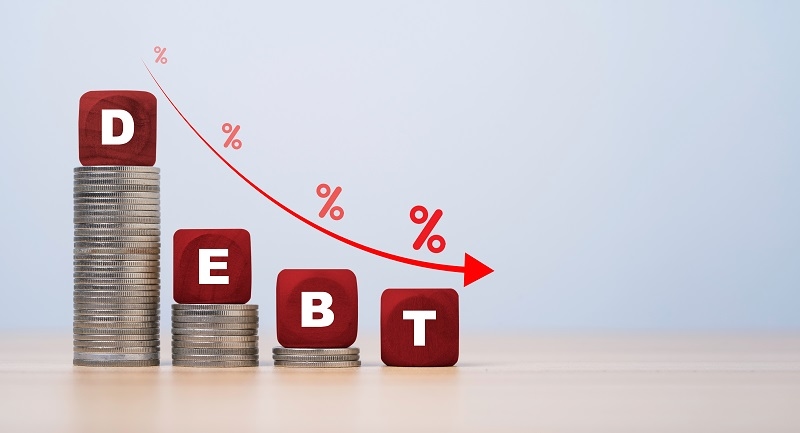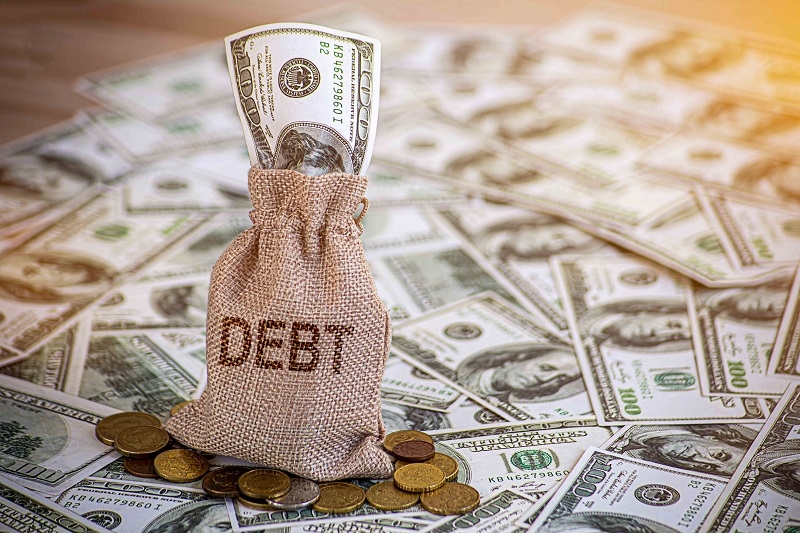
Managing debt can be extremely stressful, and if you are in debt with several different creditors at the same time, then it can feel like a mountain too high to climb. Credit cards, personal loans, car payments, and even medical bills can grow astonishingly, making you feel lost as to where it would be best to start.
This blog will provide different approaches to the same problem, instruct you on which debt to pay first, and bring you some necessary steps for organizing monthly debt payments to fit your financial situation.
Suppose you are faced with multiple debts; you will likely conclude that it is best to pay only the minimum on all of them. This, in turn, will keep your accounts current and free of late fees, but it will not tackle the bigger problem: the growth of the balances. More interest will accrue, and since no debt repayment routine has been established, you may feel like you are taking more steps back than forward.
By learning how to prioritize debts, you can:
Setting up a plan of action for repayment is more of a numbers issue, just like consistency and peace of mind are a big part of it.
Here is a comprehensive plan on how to take care of the most pressing debts when you owe multiple creditors:
Before finding a way to pay the debt that bothers you the most first, you need to know the details of all the debts you have. The list should include:
This allows you to know how much you are paying in interest and which debts are the largest. There are lots of people who keep their eyes shut to these numbers, but laying them flat is the only way out to a good plan.
In the minds of people dealing with multiple debts, there are two main ways to achieve complete debt freedom: the debt avalanche vs snowball method. Both are effective, however, the right one for you depends on your character and financial objectives.
Debt Avalanche Method:
The main idea behind this approach is to concentrate all your resources on the negation of the debt with the highest interest rate while paying the minimum on others. When the highest one is paid off, go ahead with the next highest and so on.
Debt Snowball Method:
The essence of this strategy is in that you are starting with the smallest balance first, no matter the interest rate. Once the smallest one is paid, go on to the next smallest, and increase the size gradually.
The debt avalanche vs snowball method argument is most often based on the people who have two different personalities. If you are a person who needs motivation, then the snowball method may suit you better. On the other hand, if saving the largest amount of money is your top priority, then the avalanche method is usually the wise choice.
After you've identified your liabilities and assets, you can establish an order of debt repayment. The order of repayment is mostly determined by the avalanche or snowball method, but you can identify the following:
Consistency leads to success. After you have established a repayment plan, the next step is to arrange monthly payments of your debts so that you do not miss any due dates. Here are some suggestions:
Authorize all accounts to be paid automatically, with only the minimum balance charged. This will ensure that late fees are not charged and your credit score is not reduced.
Use a calendar to note the due dates and keep track of when each payment is due.
Put any extra money (bonuses, tax refund, money earned part-time) toward your priority debt.
A monthly review of progress is needed to maintain motivation and make provisions for any necessary changes.
By being methodical, you avoid the anxiety that comes from last-minute rushes each month, and you can have on-track movement towards getting rid of debt.
Financial situations are not always static. You may receive a salary increase, be laid off, or encounter unexpected expenses. It is highly important to update your debt repayment order and make necessary adjustments upon such changes.
Alternatively, if money is scarce, it is advisable to focus on the minimum payments and the avoidance of late payments that could result in account delinquencies, until the period of stability.

While taking a decision on the approach to use is very important, certain small habits can really help you to get out of multiple debts.
Over time, these habits will keep you committed to your plan.
One of the most challenging aspects of learning how to prioritize the repayment of your debts is the decision of whether to concentrate on emotional or financial wins. The avalanche vs snowball method debate is just such a case to point out.
If it is the quick progress that motivates you and you require encouragement, then the snowball may be better, even if it costs more in interest. On the other hand, if you are a person with a strong character and want to keep more money for the future, the avalanche is usually the wisest choice.
There are those who have even gone to the extent of combining the two methods, starting with a small balance to get motivated and then switching to the one with the highest interest rate. The adaptability of these strategies means you can integrate them into your daily routine and they will still keep you moving forward.
It’s not just about having a plan—it’s also about not repeating the same mistakes. When dealing with monthly debt payments, it is imperative that you do not charge your credit cards or take on unnecessary loans. Otherwise, you will barely move forward with your payments.
To stay on the road to success:
By doing so, every payment you make takes you a step closer to total financial freedom.
Being indebted to many creditors can be quite stressful, but a methodical approach will enable you to regain your power. The secret lies in prioritizing the debts in a manner that would correspond to your goals and character.
Paying off debt is not something that can be done by fast and easy methods—it is a long process that requires concerted efforts. With the appropriate technique and attitude, you will be able to switch from bill juggling to financial stability and well-being.
This content was created by AI